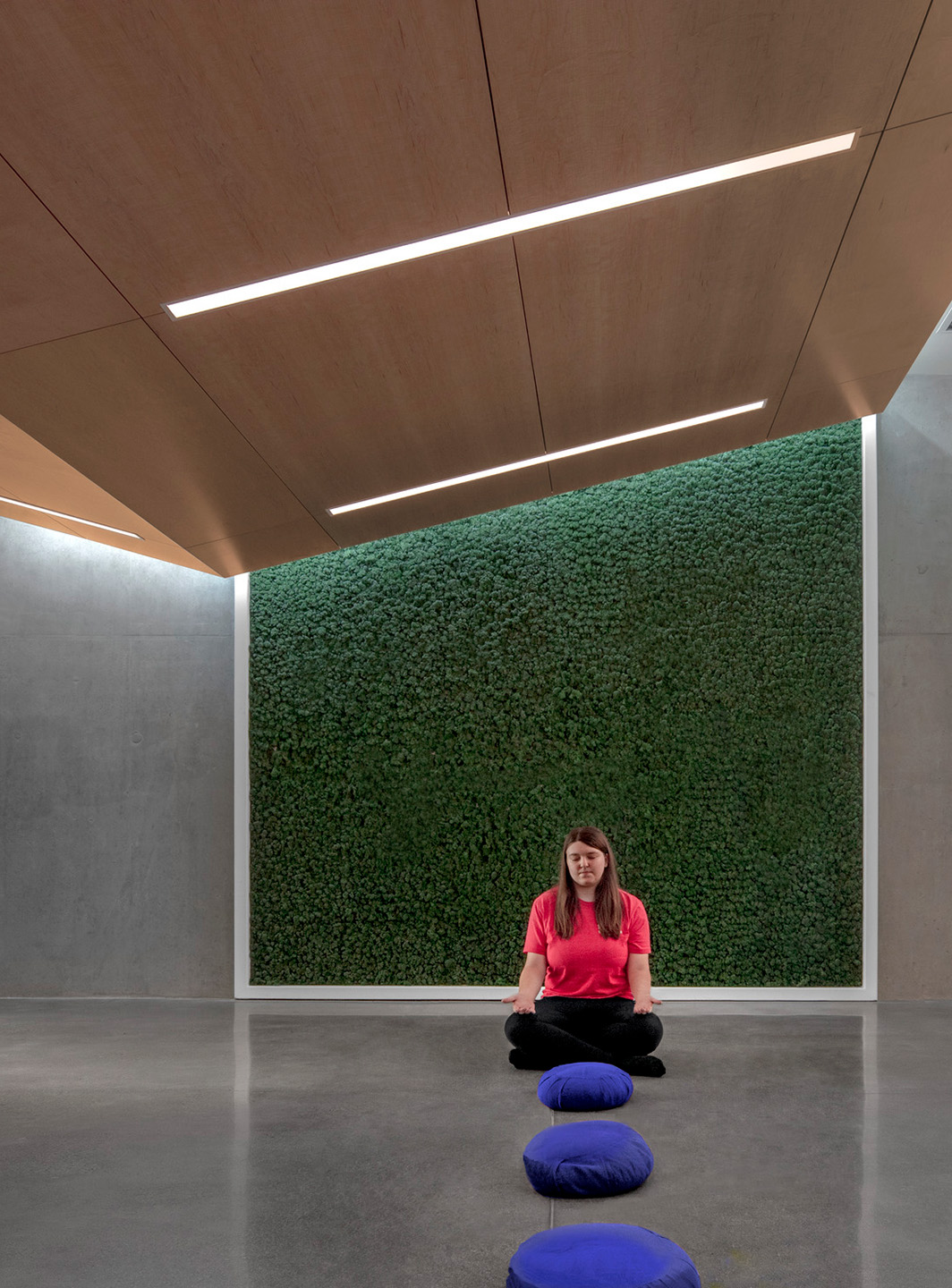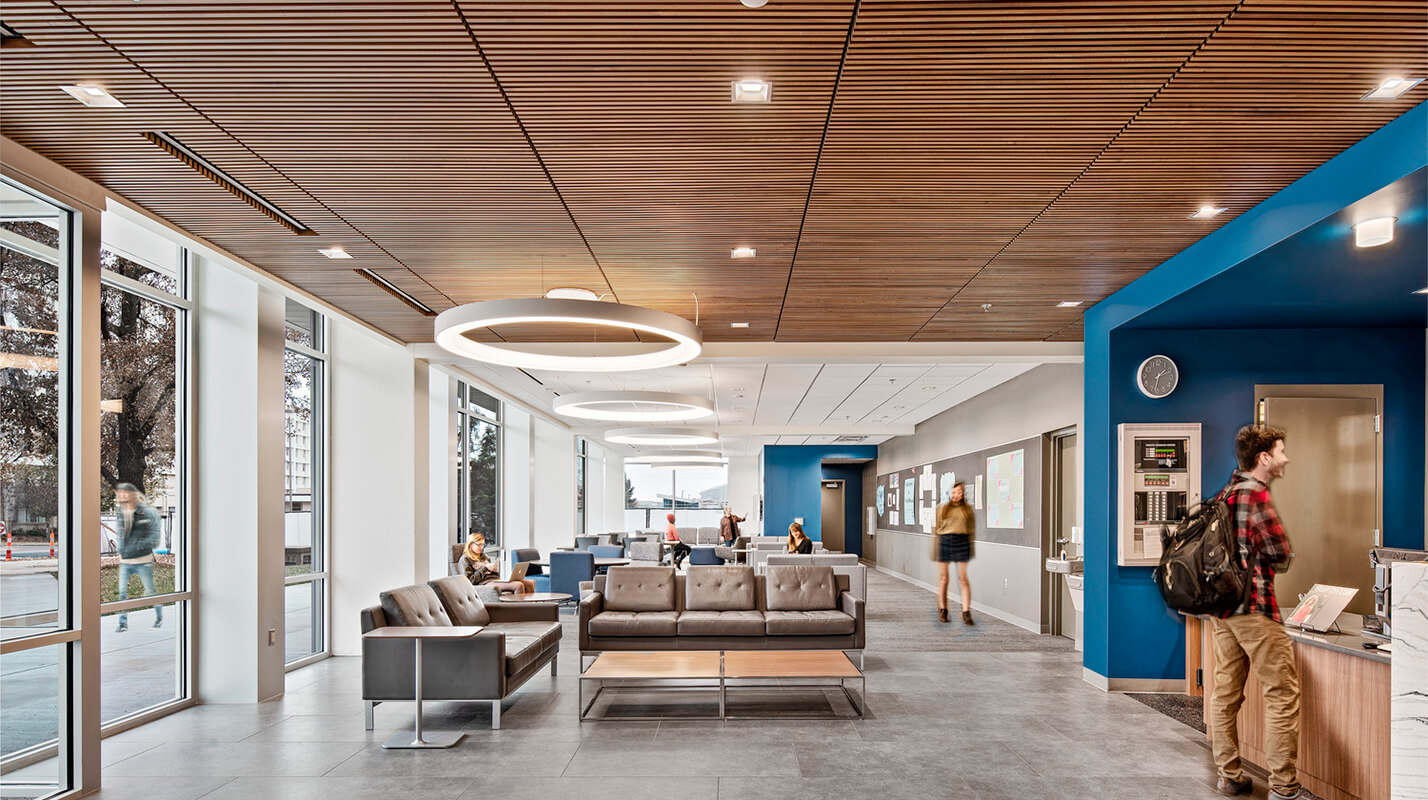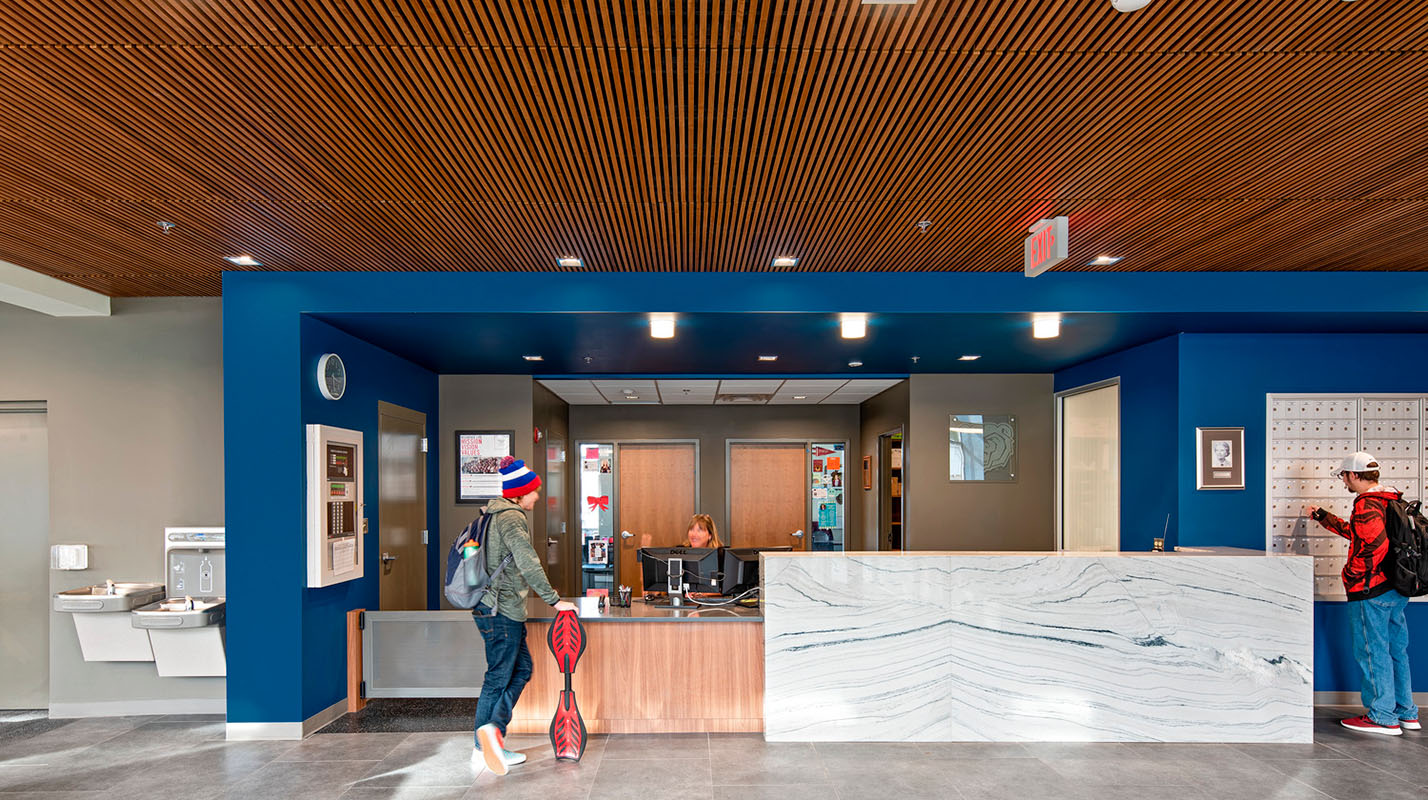Controlling construction cost in an uncontrollable world
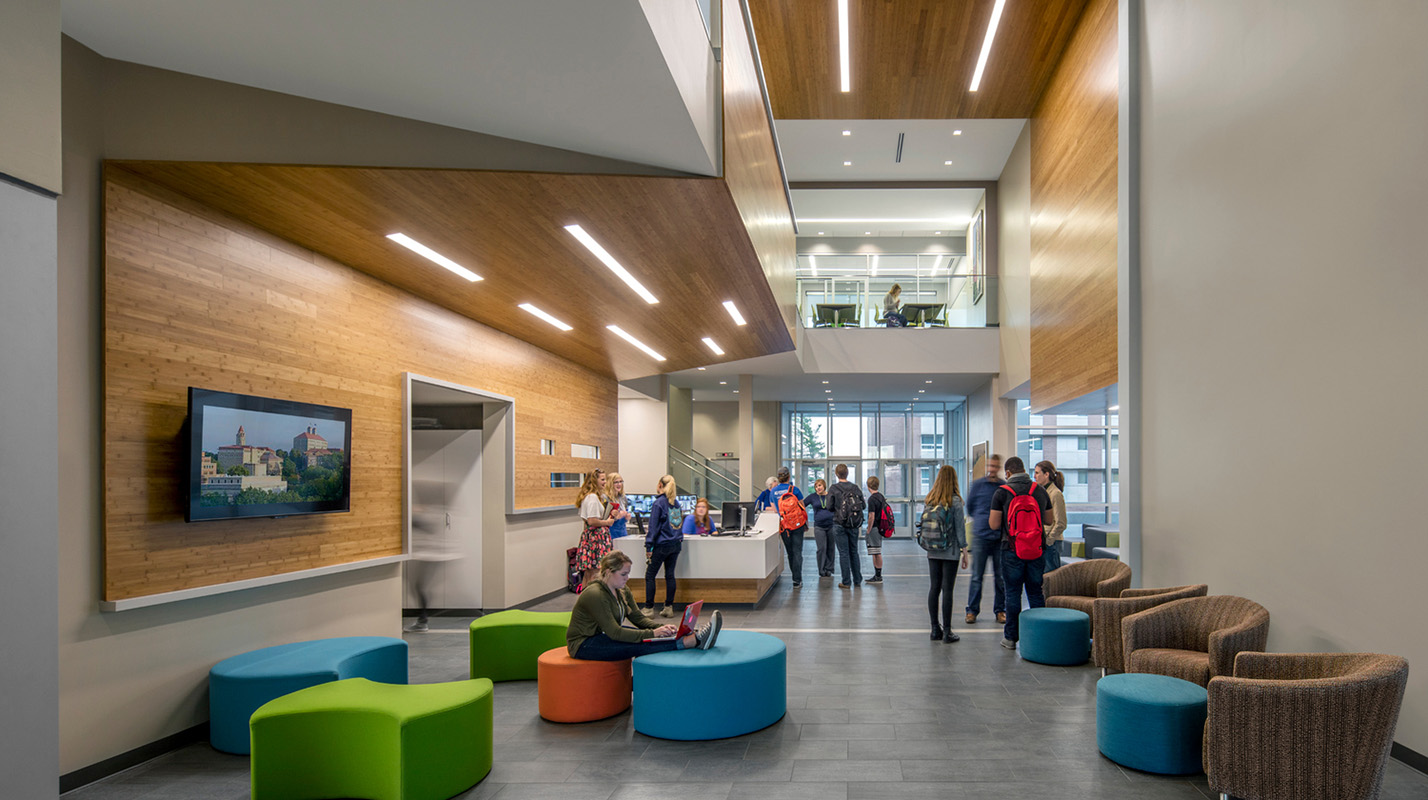
Listen to the episode
The importance of accurate cost estimation for construction projects
In the construction industry, the cost of a building is more complex than simply adding up the sum of its parts. From labor rates to equipment prices and indirect costs, many factors affect construction budgets. While your cost estimation might appear accurate at first, it’s crucial to understand cost control options so that you can respond to the unexpected and stay on budget.
To learn more, we caught up with Joe Stramberg, a principal in our Higher Education studio, and Blair Tennant, associate principal for Vermeulens cost consulting. Joe and Blair have worked together on several higher education facilities on campuses across the United States, and present on this topic at national conferences, including Tradeline, ACUHO-I, and more. On this episode, they talk about cost drivers, case studies, and tools you can use to keep your facility on budget without sacrificing design integrity or programming.

Main cost drivers of residence hall design
When you ask Joe or Blair about some of the biggest cost drivers in residence hall construction, they point to the structural systems and the mechanical, engineering, and plumbing (MEP) systems that drive the basic form and function of the facility.
“Just those two disciplines of work make upwards of about 60% of any residence hall project. Within each of those, there’s many choices available to the design team and to the client.”
Joe Stramberg, Principal, Treanor
It’s also about understanding the market you’re in, and the current availability of those trades. When the market is busy and contracts are at a high, fees run higher as well. Alternatively, when the market is slow and project bids are less frequent, competition drives fees lower in order to secure work.
Blair sees this as a cost driver that is less possible to control, but very possible to predict.
“As we see spikes in the market activity, we do two things: we carry escalation contingency, and what we call a bidding contingency,” says Blair. “You can use contingency to help offset some of the market conditions.”
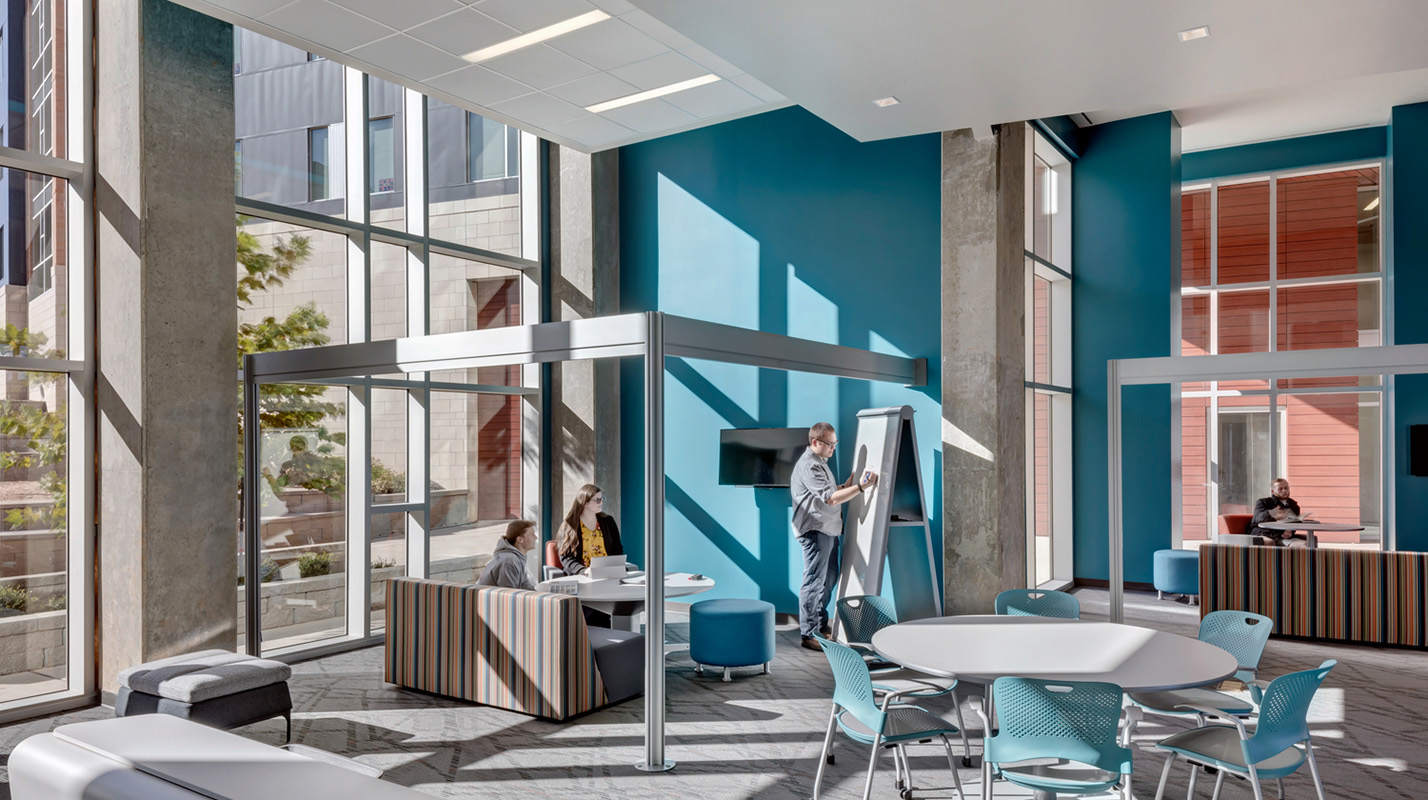
Tools that help you plan early for budget and project success
At the very beginning of a project, before pencil even hits paper, Joe and his team like to take a deep dive into all of the various components that comprise the budget. They then take that information and use a tool that helps them organize those components along a scale from low-cost to high-cost. This same scale also then measures those same components from low-quality to high-quality.
Joe says it’s early communication using this tool together with the entire team that really drives successful cost management and project outcomes that everyone is happy with.
“When you look at it, you’re not going to have a building that is all in the ‘low’ range,” Joe says. “It’s typically a mix of the low, middle, and high at the end of the day as your target.”
For more tips and a deeper dive into cost control, listen to the full episode.
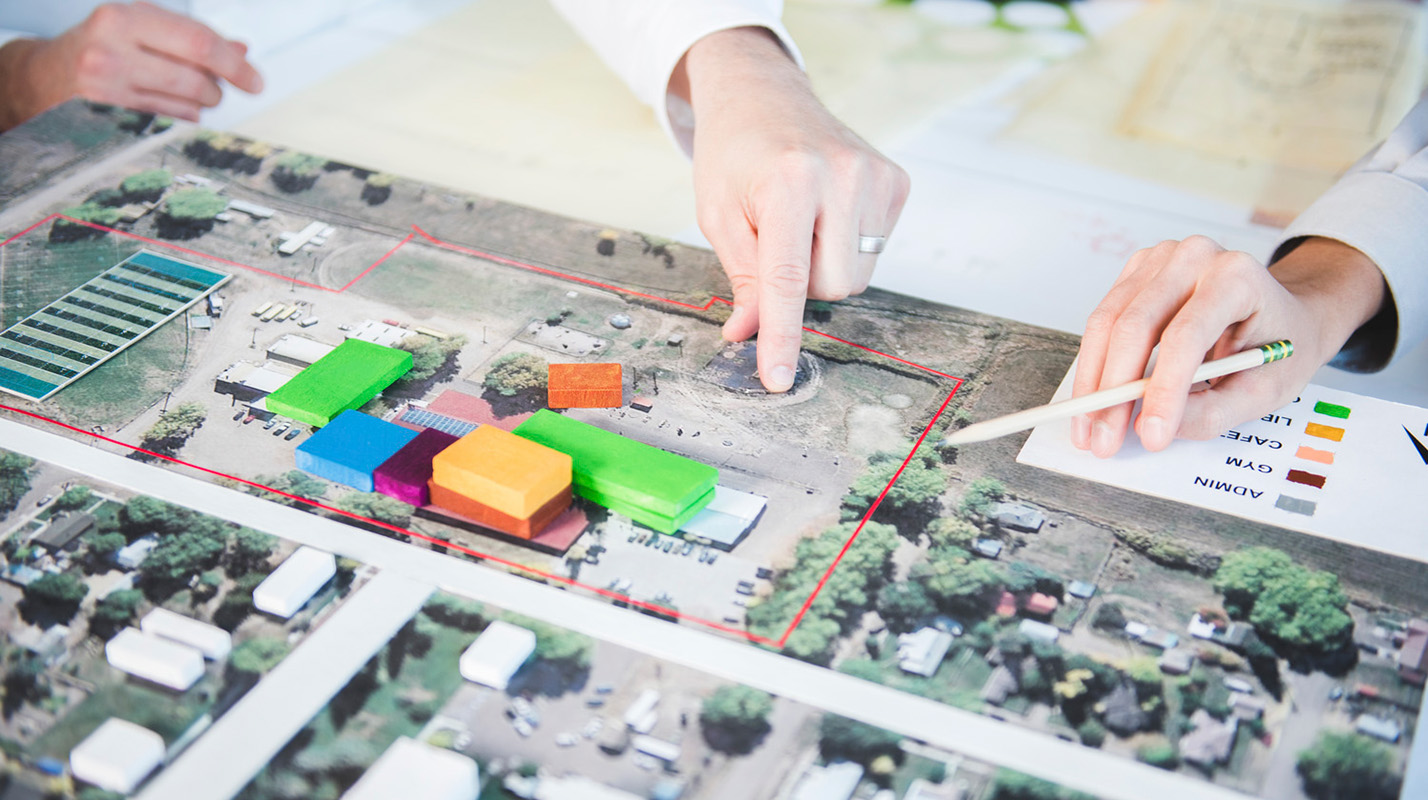
Voices in this episode
Stay on the leading edge
Stay up to date on emerging trends, research, hot topics, and more delivered conveniently to your inbox.
"*" indicates required fields



